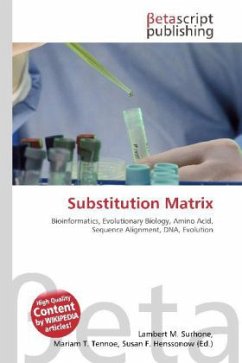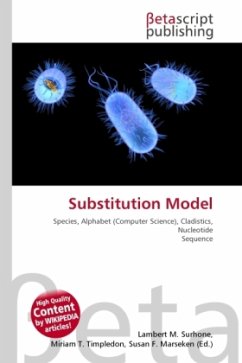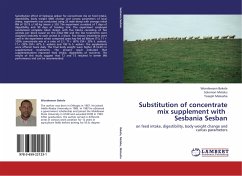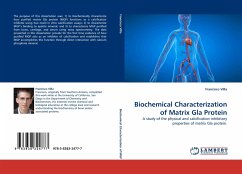
Substitution Matrix
Versandkostenfrei!
Versandfertig in 6-10 Tagen
30,99 €
inkl. MwSt.

PAYBACK Punkte
15 °P sammeln!
Please note that the content of this book primarily consists of articles available from Wikipedia or other free sources online. In bioinformatics and evolutionary biology, a substitution matrix describes the rate at which one character in a sequence changes to other character states over time. Substitution matrices are usually seen in the context of amino acid or DNA sequence alignments, where the similarity between sequences depends on their divergence time and the substitution rates as represented in the matrix. In the process of evolution, from one generation to the next the amino acid sequ...
Please note that the content of this book primarily consists of articles available from Wikipedia or other free sources online. In bioinformatics and evolutionary biology, a substitution matrix describes the rate at which one character in a sequence changes to other character states over time. Substitution matrices are usually seen in the context of amino acid or DNA sequence alignments, where the similarity between sequences depends on their divergence time and the substitution rates as represented in the matrix. In the process of evolution, from one generation to the next the amino acid sequences of an organism''s proteins are gradually altered through the action of DNA mutations. Many specialized substitution matrices have been developed that describe the amino acid substitution rates in specific structural or sequence contexts, such as in transmembrane alpha helices, for combinations of secondary structure states and solvent accessibility states, or for local sequence-structure contexts. These context-specific substitution matrices lead to generally improved alignment quality at some cost of speed but are not yet widely used.












